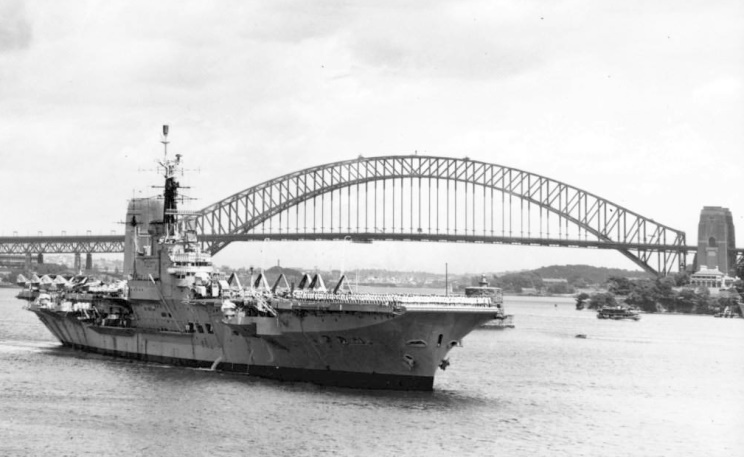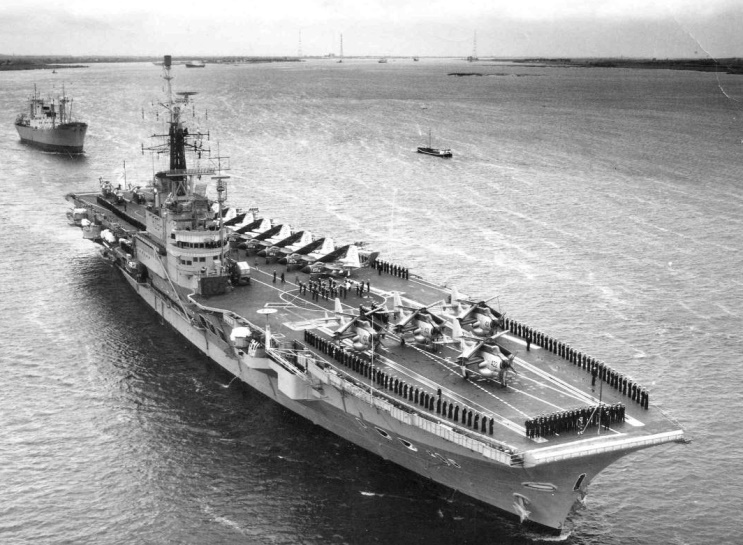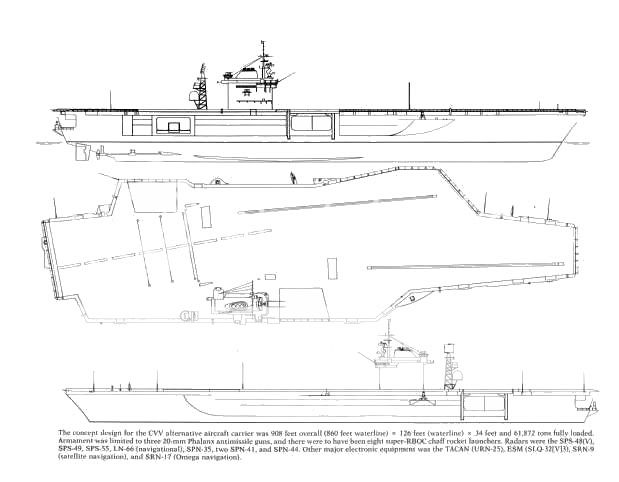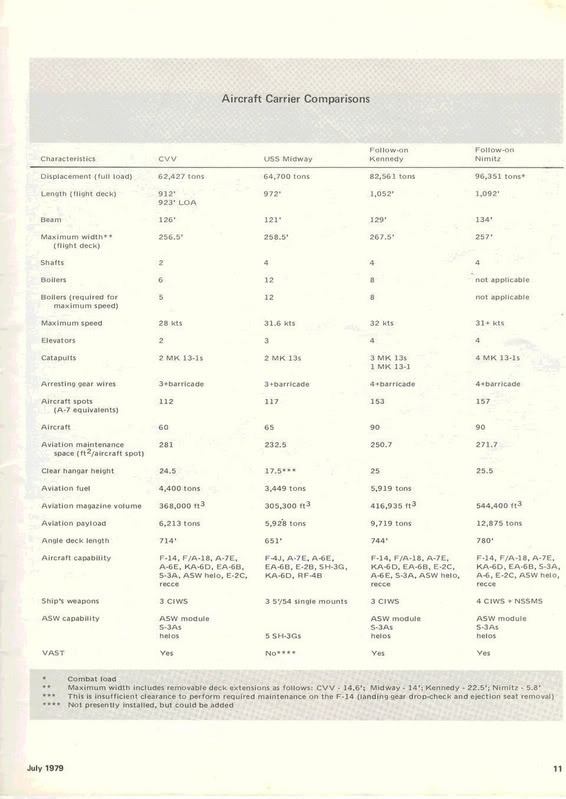One of my pet scenarios is a coalition of current and former carrier operating countries approach the US for the design of the CVV (a mid-1970s design to replace the
Midways with similar-sized carriers instead of more capable
Nimitz class), with plans to build them to replace their carriers or get back into carriers. Multiple hulls are expected to keep unit costs down.
https://www.snafu-solomon.com/2019/04/blast-from-past-aircraft-carrier-medium.html
So Australia, Spain, Brazil and Canada are the customers, Spain looking to build locally, the others contracting US yards to build their ships. All four are laid down in 1981-82, and completed in 1985-86. Spanish Matador pilots already participate in the USN's aviator training program in Pensacola, the other nations follow suit. The Australian and Brazilian ships initially deploy with a small number of helicopters, A-4 Skyhawks and S-2 Trackers from their legacy carriers, while Canada and Spain are procuring SH-60F Seahawks, F-18 Hornets, E-2 Hawkeyes and S-3 Vikings for their carriers. The Brazilians eventually deploy a carrier-capable AMX/A-1, AEW Merlin Helicopters and home-grown turboprop replacement for the Trackers, while the Australians follow Canada and Spain (all three also operating the F-18 with their Air Forces as well.)
The 1990s RAN main units are
1 CVV
Australia (24 F-18, 12 S-3, 4 E-2, 12 SH-60F, 4 SH-60 utility, 4 KS-3)
3
Perth class DDG
6
Adelaide class FFG
2+6
ANZAC class FFH
3+3
Collins class SS
Australia participates in the Gulf War launching airstrikes on Iraq in the '90s, and attacks on Afghanistan and Iraq in the 2000s. She covered the LSH
Tobruk's evacuation of Australian citizens from the Solomons in 2000, the deployment of the 3rd Brigade to East Timor in 2006 and provided disaster relief in Samoa in 2009.
In the 2000s, the S-3s, KS-3s and
Perths retire, and in the 2010s the F-18s are replaced with 36 Super Hornets with buddy-tanking capability, 6 EF-18G Growlers are added the E-2s are replaced with E-2Ds. Four
Hobart class DDG are added late in the decade to finally fully replace the
Perth class DDGs.
A replacement carrier for the RAN is planned for the late 2020s with gas turbines and EMALs catapults.
I have a few other scenarios, an alternate interwar/WWII/postwar RN, an Italy that retains naval air after World War I and India buying a pair of CVF instead of
Gorshkov and the indigenous carrier. But those are other posts...





